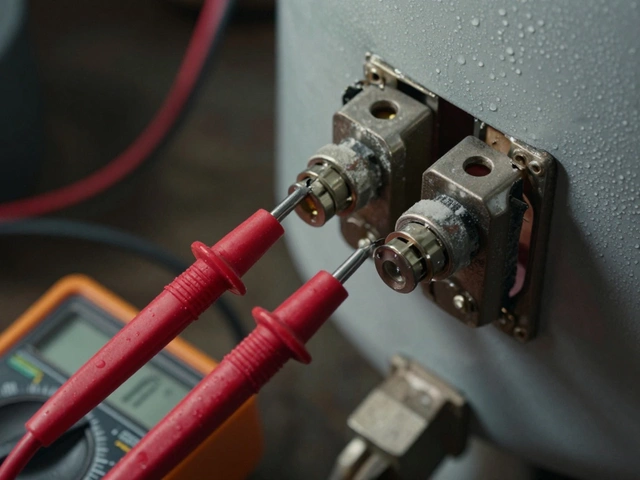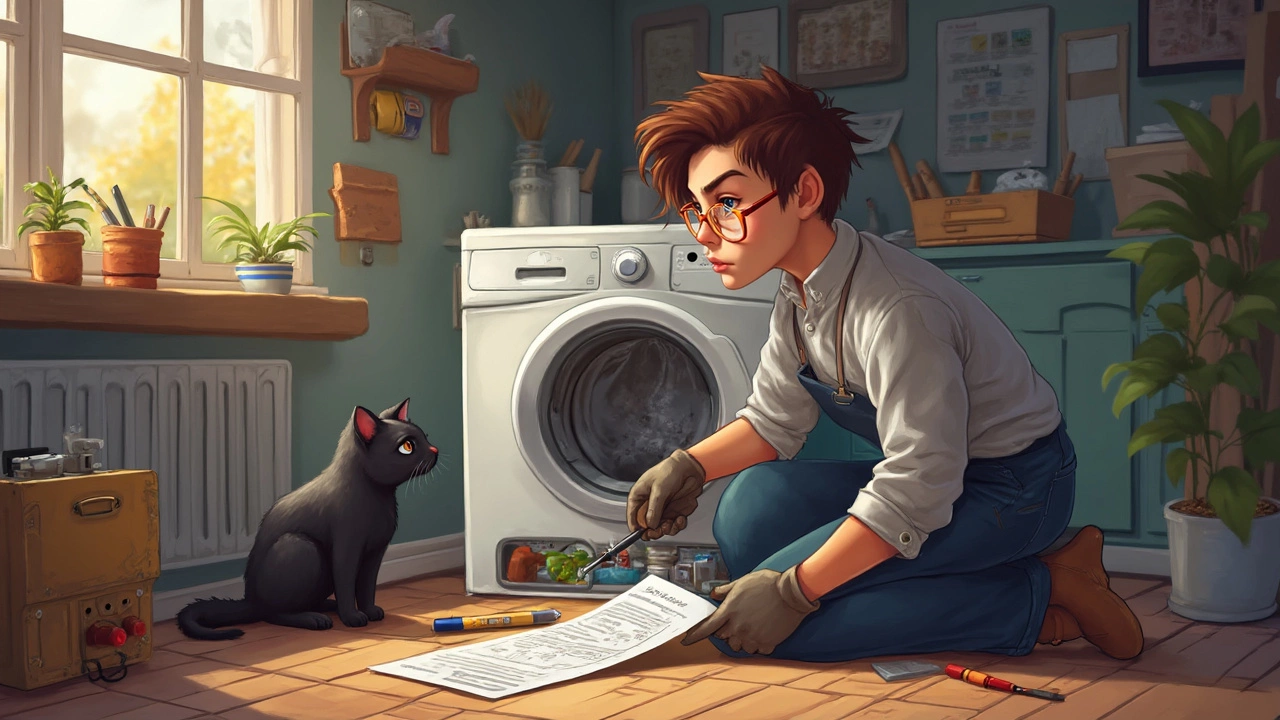Dryer Troubleshooting: Simple Steps to Get Your Dryer Working Again
If your dryer is acting up, you don’t need to call a pro right away. Most issues are easy to spot and fix with a few tools and a bit of patience. Below you’ll find clear, step‑by‑step advice that tackles the most common problems – from clothes staying damp to strange noises.
Why Your Dryer Might Not Be Drying
First, figure out what’s stopping the heat or airflow. A clogged lint filter is the #1 culprit; it blocks air, makes the drum work harder, and can even cause a fire. Another frequent offender is a blocked vent. Over time, dryer lint, dust, or even a pet’s hair can build up inside the vent pipe, reducing airflow and leaving clothes wet.
If the dryer runs but the drum stays cold, the heating element or thermostats could be faulty. Look for a burnt smell or a visible break in the metal coil. Electrical issues, like a tripped breaker or a loose cord, also prevent the dryer from heating.
Finally, noisy dryers often point to worn drum rollers, a broken belt, or a misaligned motor. These parts wear out with use and can create squeaking, thumping, or rattling sounds.
Quick Fixes You Can Do Today
1. Clean the lint filter. Remove the filter, brush off lint, and rinse with warm water if it’s greasy. Let it dry completely before reinserting.
2. Check the vent. Unplug the dryer, pull it away from the wall, and disconnect the vent hose. Use a vent brush or a long‑handled vacuum to clear any blockage. Reattach the hose securely and make sure the exterior vent flap opens freely.
3. Test the heating element. Locate the element (usually behind the back panel), look for breaks or scorching, and use a multimeter to check continuity. If it’s faulty, replace it – they’re relatively cheap and easy to install.
4. Reset the breaker. Go to your fuse box and flip the dryer’s breaker off then on. If the dryer still won’t heat, the issue is likely internal.
5. Inspect drum rollers and belt. Spin the drum by hand; it should turn smoothly. If you feel resistance or hear grinding, the rollers may need lubrication or replacement. A broken belt will cause the drum to stop turning; you’ll hear a humming sound but no motion. Replacing the belt involves removing the front or rear panel, slipping the new belt onto the motor pulley, and reassembling.
While you’re at it, give the dryer’s interior a quick vacuum to remove any dust that might affect the motor. A clean machine runs cooler and lasts longer.
If none of these steps solve the problem, it’s time to call a qualified technician. Professional repair ensures safety, especially when dealing with electricity or gas‑linked dryers.
Regular maintenance makes a huge difference. Keep the lint filter clean after every load, check the vent at least once a year, and give the drum a wipe‑down to prevent residue buildup. With these habits, your dryer will stay efficient, safe, and quiet for years.






